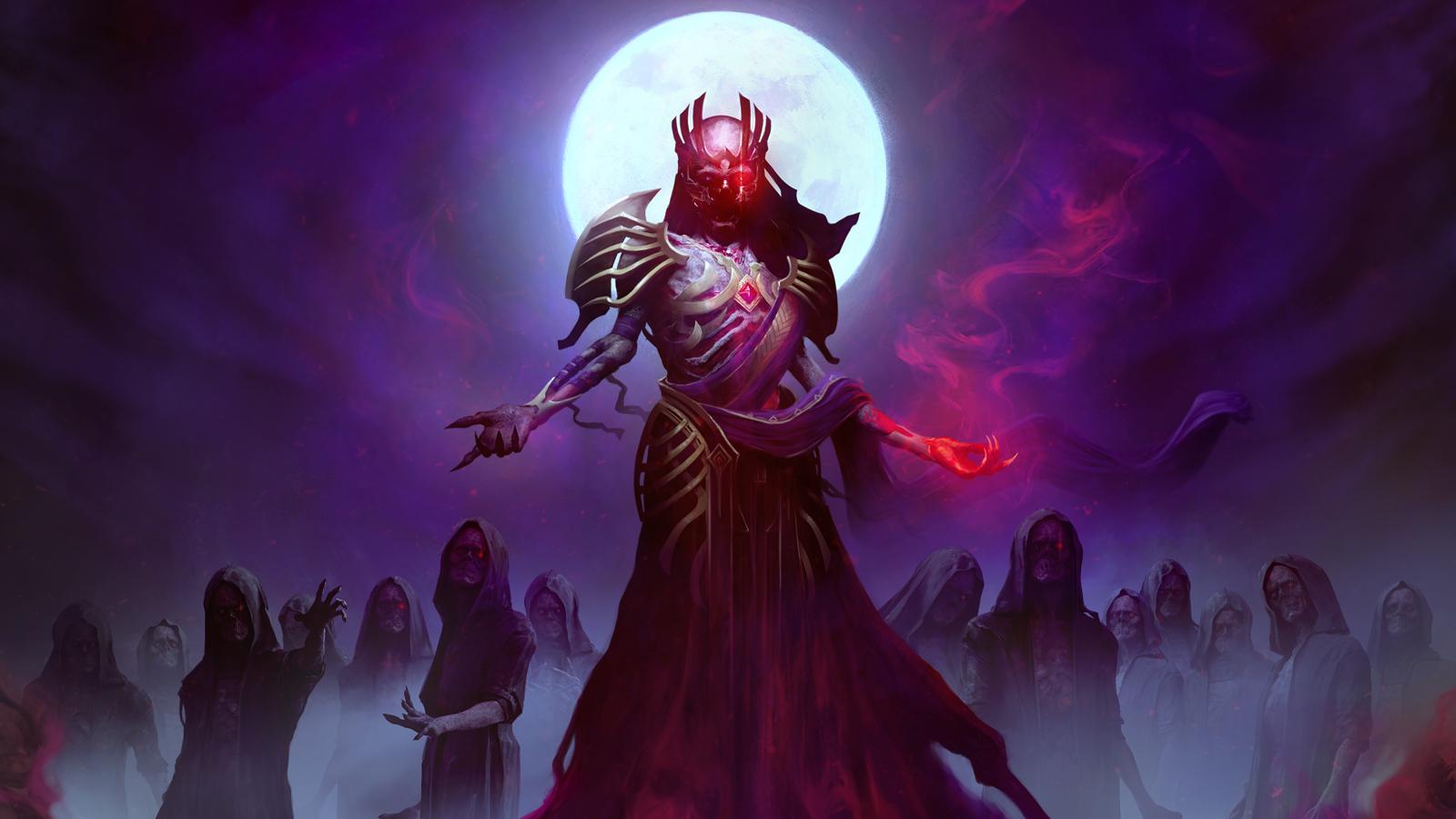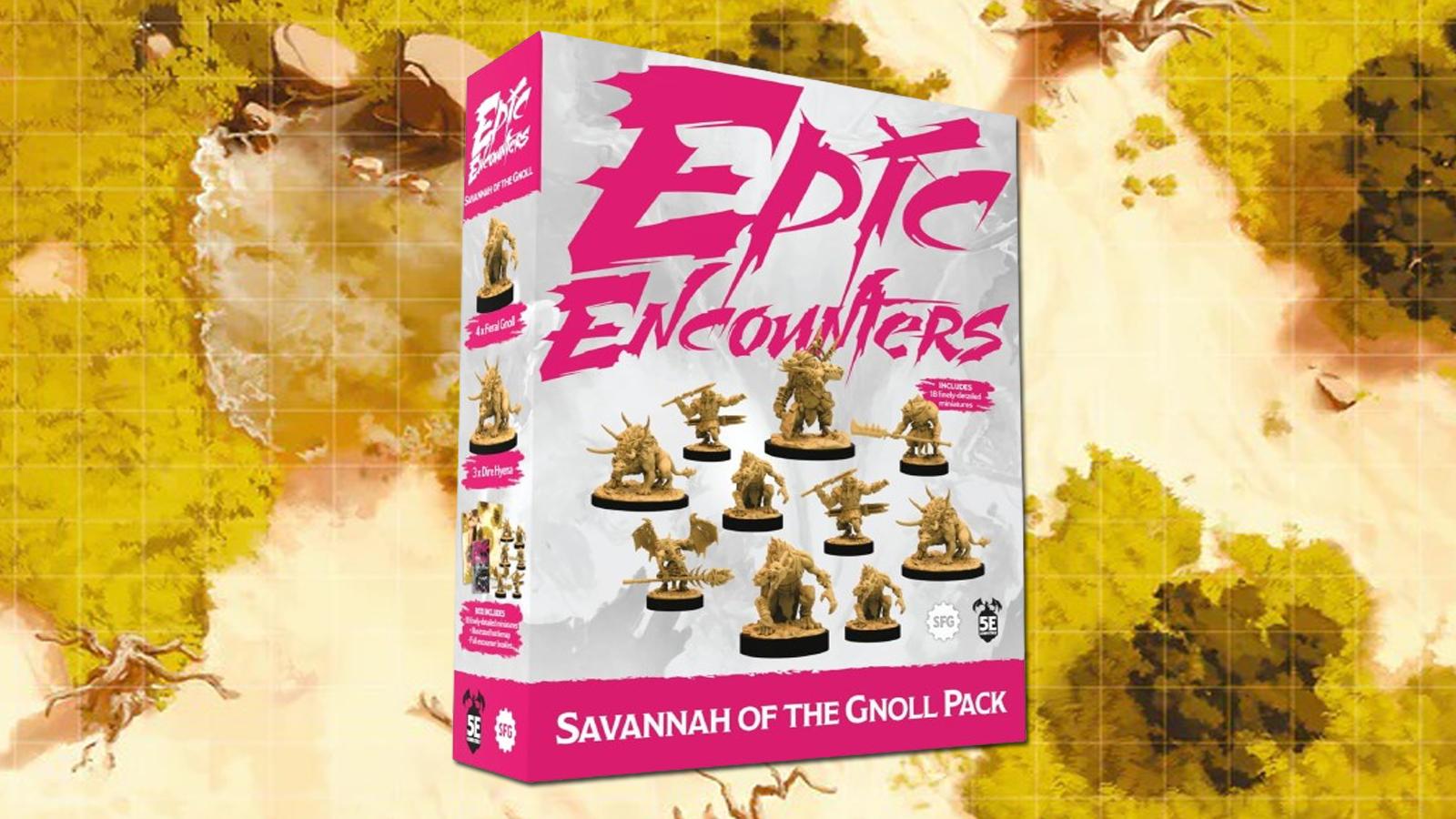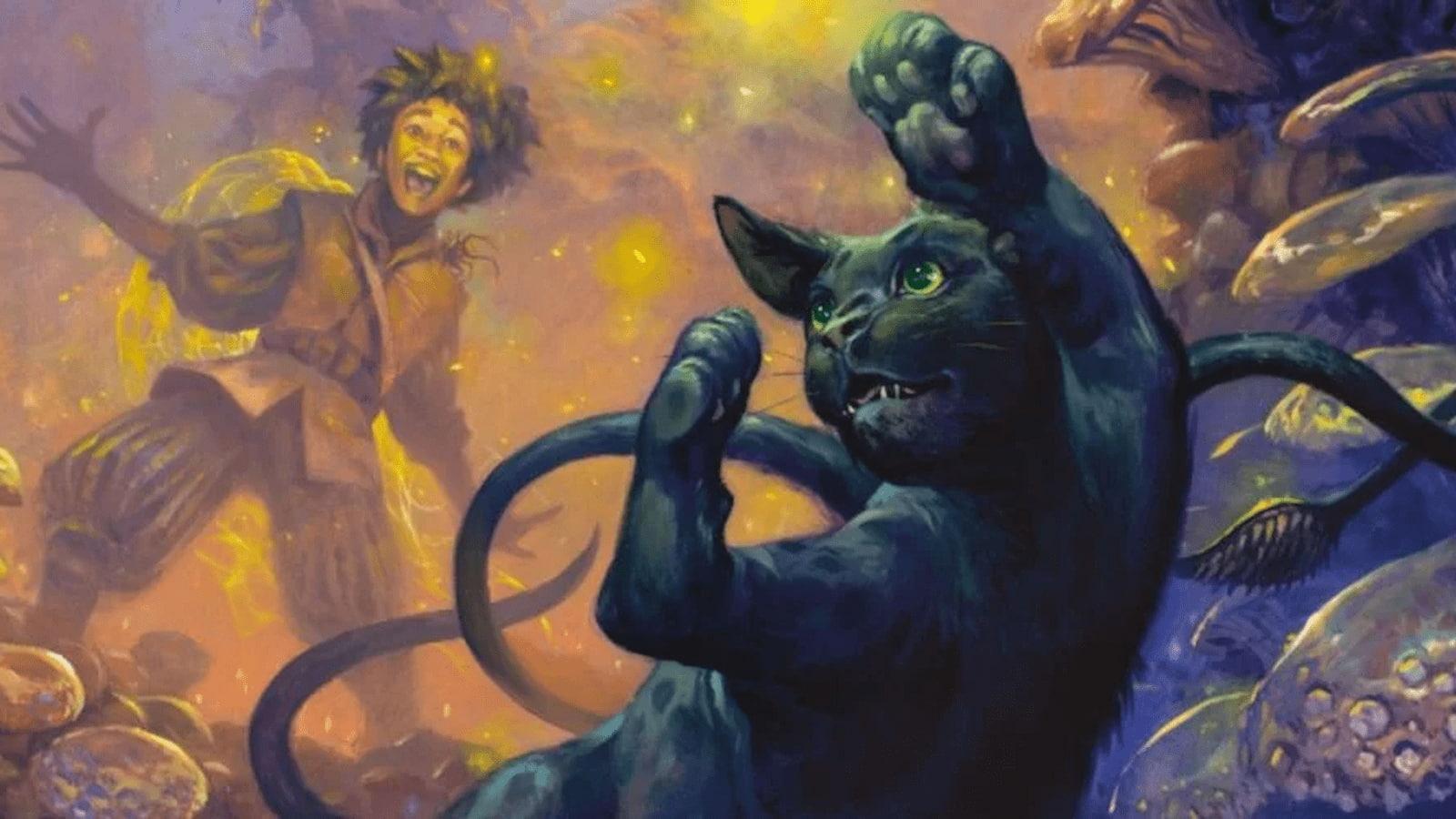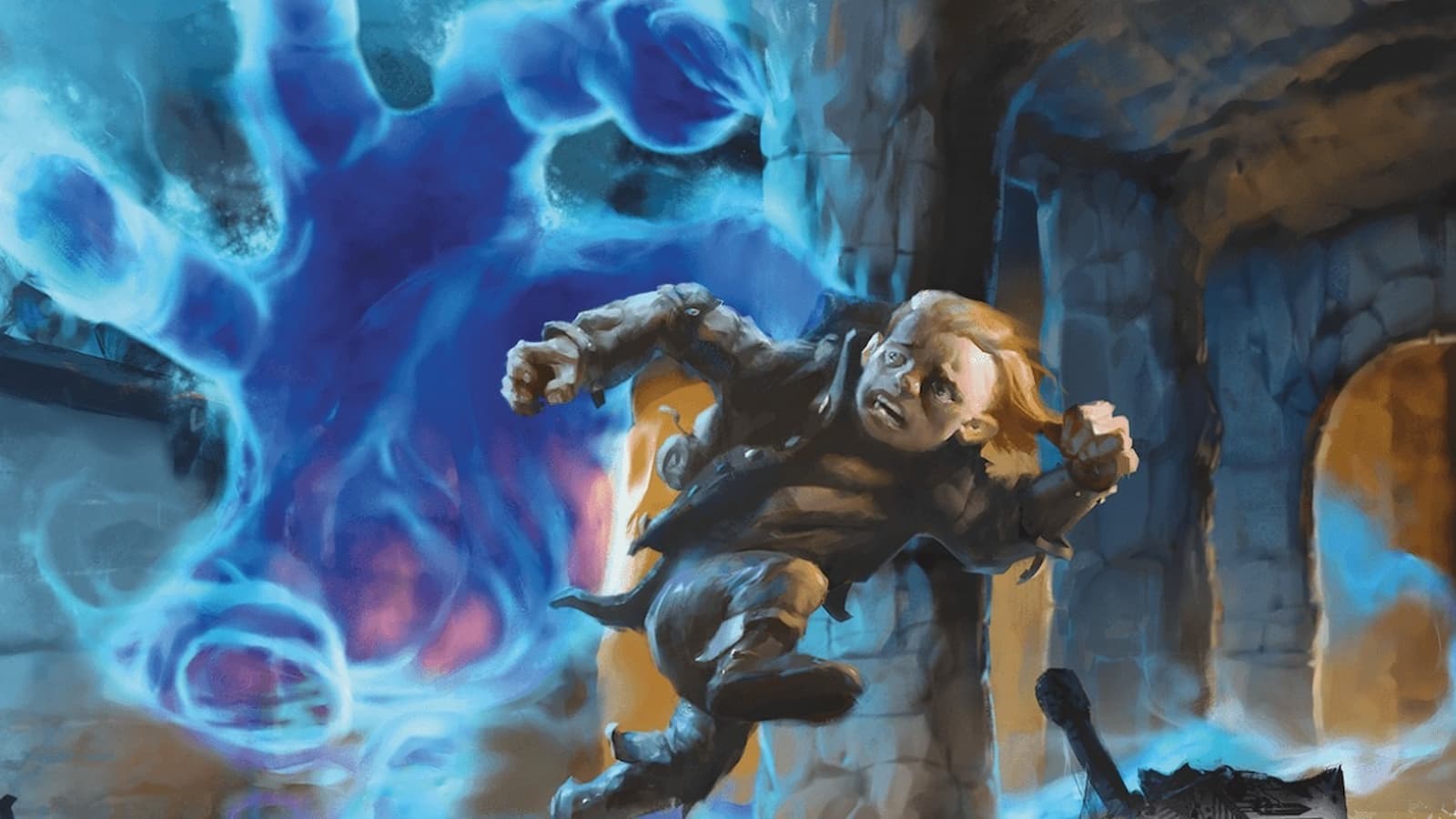D&D 5e Sorcerer Guide: Best options for spellcasters
 Wizards of the Coast
Wizards of the CoastSorcerers are D&D 5e’s unparalleled masters of magical customization, with arcane energy running through their veins. Here’s how to craft the best Sorcerer for your campaign.
While Wizards study books and Warlocks make deals with devils for their magic, the Sorcerer is born with it. Either through being descended from a magical being or through exposure to raw magical power, the Sorcerer has an unparalleled natural affinity for the arcane, letting them shape magic to their desires.
The Sorcerer is likely the best beginner-friendly arcane spellcaster class in D&D 5E. They don’t have the staggering amount of options of the Wizard, nor do they fall into the hex & eldritch blast rut of the Warlock. To sell them, just describe Sorcerers as D&D versions of the mutants from the X-Men.
The Sorcerer’s ability to change how their spells work can make them a tricky class to master, so here are some of the best tips for building a powerful Sorcerer in D&D 5e.
 WOTC
WOTCBest race options for Sorcerers in D&D 5e
Most groups have eschewed the racial stat bonuses and have embraced the Tasha’s Cauldron of Everything rules, where everyone adds +2 to one stat and +1 to another. With those rules in mind, these are the best Sorcerer options in D&D 5e:
Dragonborn (Fizban’s Treasury of Dragons version)
The base version of the Dragonborn in the Player’s Handbook is junk; stay far away from it. Instead, go for the Dragonborn variants used in Fizban’s Treasury of Dragons, which offer three alternate types: Metallic, Chromatic, and Gem.
All three Dragonborn receive stronger breath weapons and built-in damage type resistances. The Gem Dragonborn also have limited-range telepathy. They also receive new powers at level 5, with Chromatic Dragonborn gaining temporary damage immunity, Gem Dragonborn gaining wings for one minute, and Metallic receiving a much stronger breath weapon.
All of these traits work well for an elemental-themed sorcerer, one who has a breath weapon to fall back on in melee combat.
Eladrin (Mordenkainen Presents: Monsters of the Multiverse)
Eladrin are elves with even more fey magical power. Not only do they get Darkvision, Fey Ancestry, Keen Senses, and Trance, but they also get an amazing movement ability – Fey Step.
Fey Step is essentially Misty Step without costing a spell slot, allowing you to cast a spell in the same round. It can be used a number of times equal to your proficiency bonus, giving you multiple uses at level 1.
More importantly, Fey Step gets several potential upgrades at level 3, including one that charms enemies, one that frightens enemies, one that lets you teleport an ally, and one that deals fire damage. All of these are extremely useful for keep away from enemies and avoiding Attacks of Opportunity.
Fairy (Mordenkainen Presents: Monsters of the Multiverse)
Originally introduced in The Wild Beyond the Witchlight, the Fairy gets built-in spells, having access to the druidcraft Cantrip straight away, faerie fire at level 3, and enlarge/reduce at level 5, all of which can be used once per long rest for free and cast again using slots if available. Adding spells to the Sorcerer’s meager list is always useful, especially with the excellent faerie fire spell.
More importantly, Fairy characters have a natural flight speed, and there are few abilities better for avoiding enemies than flying. Just make sure to pick spells that can protect you against ranged weapons as well.
Tiefling (Player’s Handbook)
The Tiefling has some similarities to the Fairy, in that they get single-use spells for free, though you can’t use slots to cast them. For the Tiefling, they receive the thaumaturgy cantrip at level 1, hellish rebuke at level 3, and darkness at level 5, all of which are useful spells.
Tieflings also receive Darkvision and fire resistance, which are two of the most handy abilities to have in a game filled with dungeons and fire-breathing monsters. The additional spells are the icing on the cake, especially as they use Charisma as their main attribute.
Hit Dice determine your Sorcerer’s hit points
The Sorcerer is in the bottom tier of Hit Dice, with only 1d6 + Constitution per level. When you take a Short Rest, you can roll up to your Hit Dice x level in healing.
As the Sorcerer is a squishy D&D 5e class that lacks hit points and thick armor to hide behind, you must avoid combat as much as possible via attacking from range using magic and shielding yourself with spells that make attacks miss the target rather than trying to tank the hits yourself.
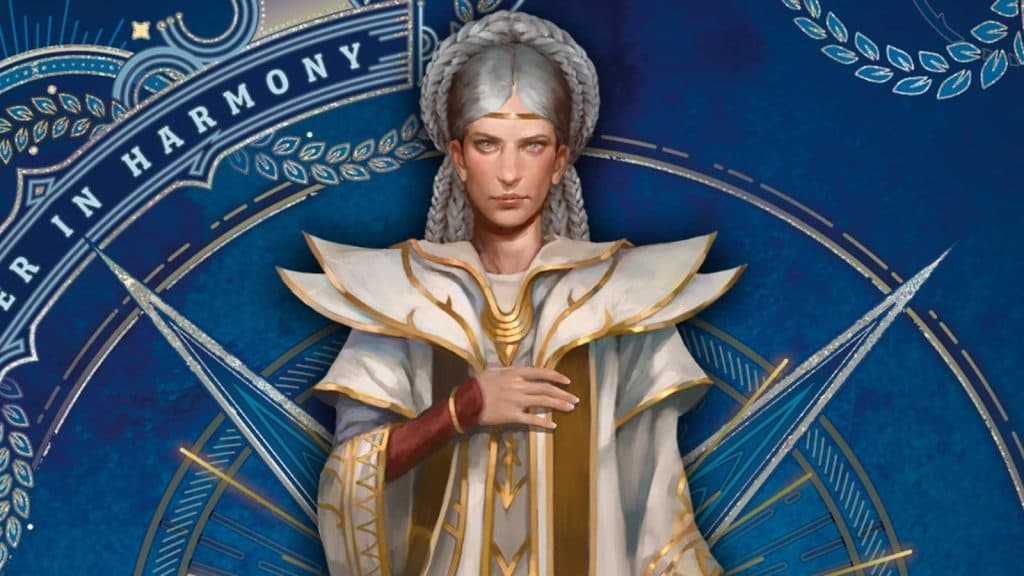 Wizards of the Coast
Wizards of the CoastSorcerer ability scores and saving throws
The most broadly useful ability scores for the Sorcerer class, in order of effectiveness, are
- Charisma
- Dexterity
- Constitution
- Wisdom
- Intelligence
- Strength
As Charisma is your main spellcasting ability, it should be your main focus, followed by Dexterity and Constitution, with the others given less priority.
Charisma fuels your spells, with your spell save DC and spell attack bonus both being tied to the stat. Max out your Charisma as much as possible, in order to make your magic more effective.
Dexterity allows you to avoid attacks, which is helpful, as you don’t have many hit points. Meanwhile, Constitution lets you survive the attacks that slipped through.
Wisdom helps you resist certain kinds of spells and abilities that attack your mind, which are among the most debilitating in the game. For your dump stat, go for Intelligence or Strength, as they aren’t important outside of certain multiclass builds.
Sorcerer starting skills and proficiencies
The Sorcerer relies on their magic rather than outside items. As such, they start with no Armor or Tool proficiencies and can use Daggers, darts, slings, quarterstaffs, and light crossbows. Luckily, you’ll rely on Cantrips in low-level combat rather than your meager selection of weapons.
The Sorcerer skill proficiency selection combines their magical knowledge with their overwhelming force of personality. They can choose two skill proficiencies from among Arcana, Deception, Insight, Intimidation, Persuasion, and Religion.
Deception and Persuasion are good choices, as your Charisma score will give you a hefty bonus to them. Arcana is also useful for a spellcasting class, while Insight helps you spot when NPCs are lying to you.
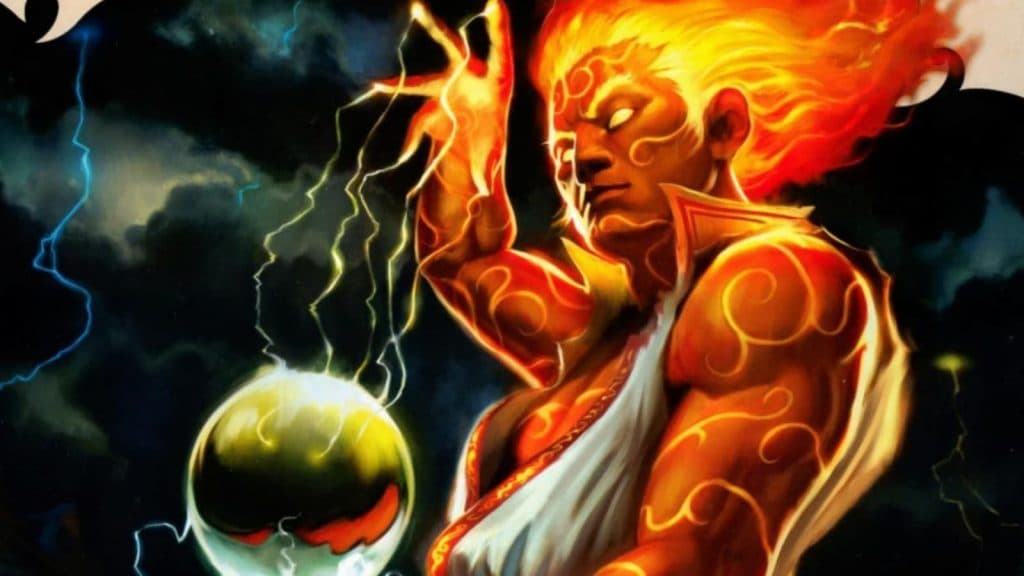 Wizards of the Coast
Wizards of the CoastSorcerer class features let you tailor spells
Starting at level 2, Sorcerers gain access to Sorcery Points. At the most basic level, they can be spent to create new spell slots, which is much better in the short term than the Wizard’s Arcane Recovery or Warlock Pact Magic refreshing on a Short Rest, as you can prepare the extra spell slots ahead of time.
The main reason Sorcery Points are used is due to the Sorcerer’s level 3 class feature: Metamagic. You get to select several Metamagic abilities as you gain levels, all of which require Sorcery Points to use and they can change how regular spells function.
There are a few candidates for the best Metamagic abilities in D&D 5e, but you’ll only have access to two of them for most of your run. These are the top-tier picks.
Quickened Spell (Player’s Handbook) – For 2 Sorcery Points, you can turn an Action spell into a Bonus Action spell, either allowing you to use a Cantrip, drink a potion, attack an enemy, or any number of useful actions on your turn.
Twinned Spell (Player’s Handbook) – Possibly the best Metamagic ability in the game, as it lets you strike two enemies with the same spell without burning an extra slot, all for 2 Sorcery Points. Just be aware that it only works with single-target spells, like chromatic orb.
Seeking Spell (Tasha’s Cauldron of Everything) – Spend 2 Sorcery Points to reroll a spell attack roll. Incredibly useful in those instances where you absolutely cannot afford to miss.
Transmuted Spell (Tasha’s Cauldron of Everything – A bit more situational but can be useful. For 1 Sorcery Point, you can change a spell’s elemental damage type. So, if you’re suddenly attacked by devils, you could turn fireball into an iceball, bypassing their natural immunity to fire.
Sorcerer subclasses let you define your character from level 1
Sorcerers choose their subclass at level 1, which is their Sorcerous Origin. This explains the source of their powers and will determine some of their abilities as they level up.
The Player’s Handbook has two Sorcerer subclasses: Draconic Bloodline and Wild Magic, with other books providing more interesting alternatives, with Lunar Sorcery probably being the best in the game.
If you’re a brand new player and are worried about being overwhelmed, choose Dragon Ancestor and pick Bronze or Silver as your Draconic Ancestry, and then focus on spells using lightning or cold, depending on your choice.
Dragon Ancestor
A solid pick for players who want to focus more on their spells than abilities. At level 1. Draconic Bloodline gives you the Draconic language, a Charisma bonus when dealing with dragons, higher hit points, and increases your base Armor Class.
At later levels, you deal extra elemental damage with spells, gain wings, and the power of dragon fear. For the most part, you’ll get some basic abilities that will be useful throughout the campaign without you needing to manage them.
Wild Magic
The favored class of the most chaotic D&D players of them all. These wild casters gain abilities that let them tilt the odds in their favor, changing the results of dice rolls and manipulating fate itself.
The only aspect of the Wild Magic that anyone cares about is the Wild Magic Surge, where you have a chance of causing a random effect when rolling a 1, leading to a d100 roll that spawns something wacky.
The Wild Magic subclass is great for one-offs or short-term campaigns, but the other players will probably get sick of your antics in a longer campaign, especially if one of your Wild Magic Surges lands you in unexpected trouble.
Lunar Sorcery
Introduced in Dragonlance: Shadow of the Dragon Queen, this Sorcerer subclass lets the caster call on the power of the moon (or moons, depending on the setting) to enhance their spells. This is an amazing subclass that provides tons of options for the caster.
For starters, Lunar Sorcery gives you three spell lists that you can change after a Long Rest based on the Full Moon, New Moon, and Crescent Moon. These all give you vital additions to your tiny spell list, and you don’t even have to commit to one.
Lunar Sorcery also gives you the sacred flame Cantrip for free and lets you hit two adjacent targets simultaneously, drastically increasing its effectiveness over other Cantrips.
As you level up, you can reduce the Sorcery Point cost of Metamagic abilities when tied to spells of a certain school, switch your moon spellbook during the day, and all manner of powerful high-level abilities. This subclass leaves the rest in the dirt and is easily the strongest choice in the game.
Best Sorcerer spells per level
The Sorcerer doesn’t have access to as many spells as the Wizard, but they still get a beefy selection of combat-oriented magic. If you’re in a campaign that has lots of fights, like Dragonlance: Shadow of the Dragon Queen, then battle magic will suit you better. If there is more exploration involved, like in Tomb of Annihilation, then make sure to take some utility spells as well.
These are the overall best Sorcerer 5E spells to choose in D&D 5e:
| Spell Level | Best Spell Options |
|---|---|
| Cantrip | Fire Bolt, Mage Hand, Poison Spray, Minor Illusion, Shocking Grasp |
| 1 | Chromatic Orb, Mage Armor, Magic Missile, Sleep, Thunderwave |
| 2 | Detect Thoughts, Invisibility, Mirror Image, Scorching Ray, Shatter |
| 3 | Counterspell, Dispel Magic, Haste, Fireball, Lightning Bolt |
| 4 | Blight, Confision, Dimension Door, Polymorph, Wall of Fire |
| 5 | Animate Objects, Cloudkill, Dominate Person, Teleportation Circle, Wall of Stone |
| 6 | Blight, Confusion, Dimension Door, Polymorph, Wall of Fire |
| 7 | Delayed Blast Fireball, Finger of Death, Plane Shift, Prismatic Spray, Teleport |
| 8 | Dominate Monster, Incendiary Cloud, Sunburst |
| 9 | Meteor Swarm, Time Stop, Wish |
If you click on a product link on this page we may earn a small affiliate commission.
